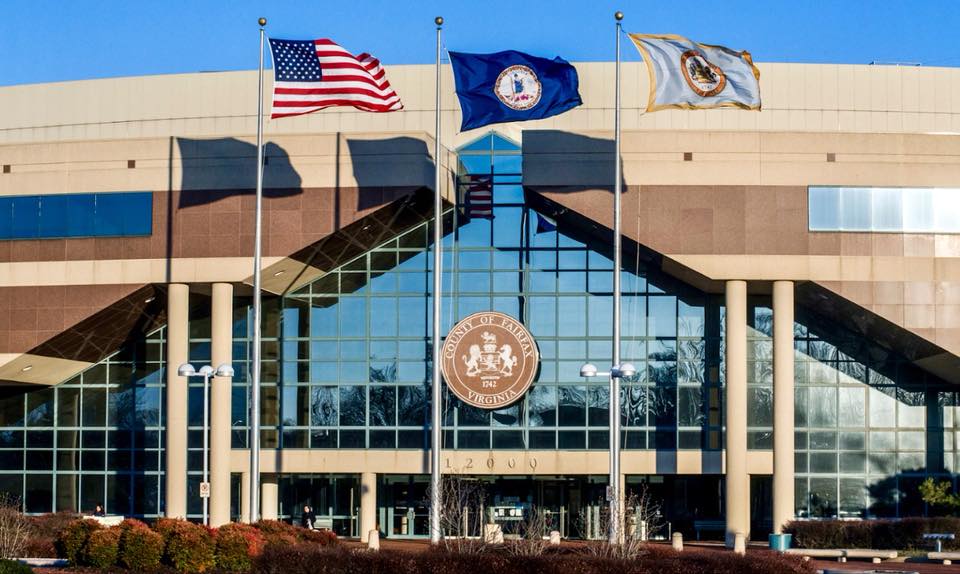Understanding Chimney Anatomy: A Comprehensive Guide in Fairfax, VA
The fireplace is synonymous with warmth, comfort, and home. It’s a place where we gather together with our loved ones, enjoy a good book, or simply warm up during those cold winter nights. However, for the fireplace to function efficiently and safely, it’s essential to understand the anatomy of the chimney. This article will offer a comprehensive guide to understanding the chimney anatomy in Fairfax, VA, brought to you by A&T Chimney Sweeps fireplace, furnace, dryer vent, gutter cleaning and repair services in Fairfax VA.
Chimneys: More Than Just a Stack of Bricks
Many people envision a chimney as merely a stack of bricks rising above their roofs. However, the chimney’s anatomy is complex, with each part playing a crucial role in ensuring that your home remains warm, safe, and free from harmful gases.
1. Chimney Cap/Crown
The chimney cap or crown is the top-most part of the chimney. Its primary function is to prevent rain, snow, animals, and debris from entering the chimney. It also acts as a spark arrestor, preventing burning embers from escaping and potentially causing a fire. A damaged cap or crown can lead to water damage and a less efficient chimney.
2. Flue
The flue is a critical part of the chimney anatomy. It’s the passageway for exhaust gases, smoke, and heat to exit your home safely. Flues can be made of clay, metal, or ceramic and need to be regularly inspected and cleaned to prevent dangerous build-ups of soot and creosote.
3. Damper
The damper is a metal door located just above the firebox. It can be opened or closed manually to control the amount of air flowing into the fireplace. When not in use, the damper should be kept closed to prevent heat loss from your home.
4. Smoke Shelf and Smoke Chamber
The smoke shelf and smoke chamber are located between the damper and the flue. They are designed to improve the draft and direct smoke and gases up into the flue. The smoke shelf also catches any debris that may fall down the chimney.
5. Firebox
The firebox is the part of the chimney where the fire is lit. It’s lined with firebricks that can withstand extreme heat, and its design helps to reflect the heat into the room while protecting the surrounding masonry from the fire’s heat.
6. Hearth
The hearth is the area directly in front of the fireplace. It’s designed to protect your home from sparks and embers that might jump out of the firebox. Hearths can be made from various materials, including brick, stone, or tile, and are usually raised to provide extra protection.
7. Chimney Chase
The chimney chase is the exterior part of the chimney. It can be made of wood, metal, or masonry and is designed to protect the flue and other chimney components from the elements.
8. Cleanout Door
The cleanout door is located at the base of the chimney and provides access for cleaning out soot and other materials that have fallen down the chimney.
Chimney Maintenance in Fairfax, VA
Proper understanding of the chimney anatomy is essential for effective maintenance. Regular inspections and cleanings are necessary to ensure the safety and functionality of your chimney. In Fairfax, VA, A&T Chimney Sweeps provides top-quality fireplace, furnace, dryer vent, gutter cleaning and repair services to help keep your chimney in top condition.
FAQs
Q: How often should I have my chimney inspected and cleaned?
A: The National Fire Protection Association recommends an annual inspection and cleaning of your chimney to remove soot and creosote buildup that can cause chimney fires.
Q: What are the signs of a damaged chimney?
A: Signs of a damaged chimney can include a strong odor, white stains on the exterior of the chimney, a damper that is difficult to open or close, or falling debris in the firebox.
Q: Can I clean my chimney myself?
A: While some aspects of chimney maintenance can be DIY, it’s recommended to hire a professional chimney sweep for comprehensive cleaning and inspection. They have the knowledge, tools, and experience necessary to ensure the job is done safely and efficiently.
Q: How long does a chimney cleaning and inspection take?
A: Typically, a chimney cleaning and inspection can take between 45 minutes to an hour. However, this can vary depending on the chimney’s condition and size.
In conclusion, understanding your chimney’s anatomy is not only crucial for its efficient operation but also for your home’s safety. With regular maintenance and the expertise of A&T Chimney Sweeps in Fairfax, VA, you can ensure your fireplace remains a source of warmth and joy for years to come.








